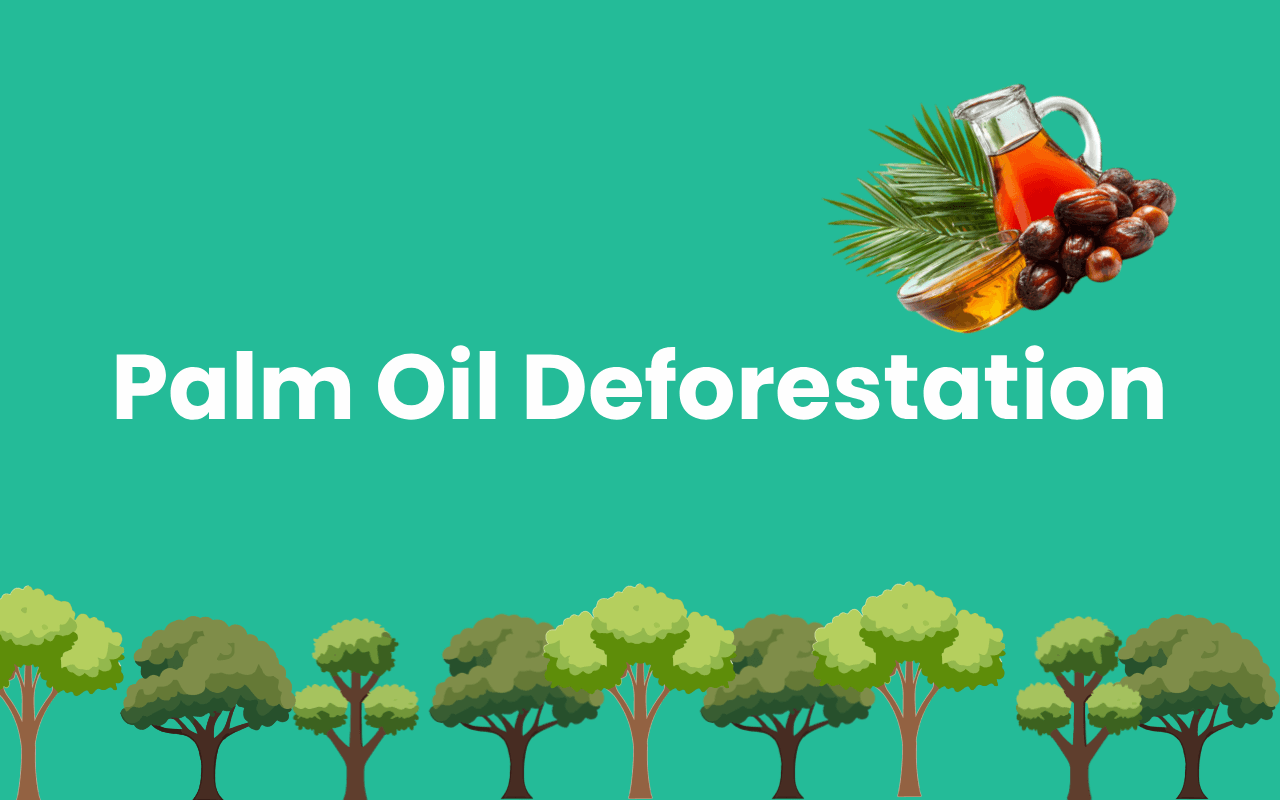
Is Planting a Tree Worth It for Climate?
Planting a tree is often seen as a simple yet powerful way to fight climate change. But is it really worth it? The short answer: Yes - but with some important nuances. Let’s explore how trees help the climate, reveal some surprising facts, and explain why thoughtful tree planting can make a big difference.
How Trees Fight Climate Change
Trees act like natural air purifiers. Through photosynthesis, they absorb carbon dioxide, one of the main greenhouse gases driving global warming-and store it in their trunks, branches, and roots. A single mature tree can absorb about 22 kilograms of CO₂ every year. That might not sound like much, but when you multiply that by thousands or millions of trees, the impact becomes huge.
For example, one acre of healthy forest can soak up over 21,000 kilograms of CO₂ annually. To put that into perspective, that’s roughly the same amount of carbon emissions produced by driving a gasoline car for 50,000 miles. On a global scale, forests remove about 7.6 billion tons of CO₂ from the atmosphere every year-equivalent to about a fifth of all human-caused emissions.
Beyond Carbon: Trees Bring Multiple Benefits
Trees don’t just help with carbon capture. They also:
Clean the air: Urban trees in the U.S. remove hundreds of thousands of tons of air pollution annually, helping prevent thousands of respiratory illnesses and even saving lives.
Cool our cities: Trees can lower urban temperatures by up to 10°C (18°F), reducing the need for air conditioning and helping combat the urban heat island effect.
Save energy and money: By shading buildings, trees can reduce heating and cooling costs by up to 30%, saving billions annually.
Support health: Studies show that neighborhoods with more trees experience lower rates of asthma and cardiovascular diseases.
Boost property values: Homes surrounded by trees often sell for 5-15% more than those without green spaces.
The Scale of Tree Planting Efforts
Governments and organizations worldwide are planting trees on an unprecedented scale. For instance, the UK plans to plant 30,000 hectares of new woodland every year through 2050. The Woodland Trust alone aims to plant 50 million trees by 2025, contributing significantly to climate goals.
If we planted 522 million trees, we could offset as much carbon as taking 92 million cars off the road for a year. That’s a powerful reminder that collective action matters.
But It’s Not Just About Planting Any Tree
Planting trees is not a magic bullet. The benefits depend on where and how trees are planted:
Choose native species: Native trees support local wildlife and store more carbon than non-native monocultures.
Protect existing forests: Preserving mature forests is crucial since they store far more carbon than young trees.
Avoid replacing natural ecosystems: Converting grasslands or wetlands into forests can sometimes do more harm than good.
Ensure long-term care: Newly planted trees need protection and maintenance to survive and grow into carbon-storing giants.
Interesting Facts
One hundred mature trees can intercept nearly 140,000 gallons of rainwater annually, reducing flood risks and improving water quality.
Trees produce enough oxygen on one acre of forest to support 18 people every year.
Urban areas in the U.S. have space for up to 200 million more street trees, which could absorb an additional 33 million tons of CO₂ annually.
Final Thoughts: Planting Trees Is Worth It - When Done Right
Planting a tree is more than just a feel-good act-it’s a scientifically backed, cost-effective way to help cool the planet, clean our air, and improve our communities. But it’s important to remember that trees alone won’t solve climate change. They must be part of a bigger picture that includes drastically reducing fossil fuel emissions and protecting natural ecosystems.
So next time you plant a tree, know that you’re contributing to a healthier planet-one leaf at a time. And when millions of people do the same, the impact can be truly transformative.



